In Japan, there are numerous items that have been cherished as amulets for protection against evil since ancient times. These are not merely decorative objects or everyday items but have played an important role in warding off misfortune and attracting good luck. From traditional items displayed in home shrines to those integrated into daily life, each protective charm embodies the wisdom of its region and era. In this article, we will focus on these uniquely Japanese amulets, exploring their charm and effectiveness. The more you learn, the more you will be amazed by their profound significance.
Black Maneki-neko

Among Japan’s protective amulets, the black Maneki-neko is particularly intriguing. While most people might think of a white cat holding a golden coin when they hear ‘Maneki-neko,’ there is actually a black version as well. This black cat has long been believed to possess the power to ward off evil and is said to protect the family from illness and misfortune when placed at the entrance of a home.
There is also another interesting anecdote related to black cats. While it is often said that a black cat crossing your path is a bad omen, in reality, black cats are considered to bring good luck. The reason they are thought to be unlucky is that it is believed the passing of a black cat, which brings good fortune, may cause you to miss out on that luck.
In this way, the black Maneki-neko is not only beautiful to look at but also serves as a powerful amulet for protection against evil.
Onigawara and Oni Masks

Onigawara and Oni Masks have long been used as powerful protective talismans in Japan. Their origins can be traced back to Western culture, specifically to the UNESCO World Heritage site of Palmyra in Syria, where Medusa’s face was carved at the entrance as a ward against evil. This cultural practice is believed to have spread through the Silk Road to China and eventually reached Japan.
The history of Onigawara in Japan is documented in the Nihon Shoki. In 588, four tile artisans arrived from China, bringing tile-making techniques with them as part of the construction of Asuka Temple. Later, during the Nara period, Onigawara depicting oni (demons) became widespread, and by the Muromachi period, they had been adopted on the roofs of not only temples and castles but also private residences, evolving as part of roof art.
Initially, tiles were a privilege reserved for the elite, but following the great fires of the Edo period, the shogunate encouraged the use of tiled roofs, and the development of cheaper interlocking tiles made Onigawara accessible to the general populace.
Oni masks and Onigawara are imbued with meanings such as “warding off evil,” “protecting the home,” and “ensuring health and longevity.” Although oni are often associated with a negative image, in reality, they are revered as guardians who protect people from illness and misfortune. Based on this belief, Onigawara have been affixed to roofs as protective deities.
In Noh theater, oni masks are also used to express a woman’s sorrow or suffering. For example, the Hannya mask is well-known as a fearsome oni mask, but its name actually originates from Hannyabō, a mask maker, and the word itself does not carry any terrifying meaning. In fact, ‘Hannya’ is a sacred Buddhist term meaning ‘wisdom.’
Oni masks are made from various materials, ranging from authentic hand-carved wooden ones by artisans to simpler paper versions. These masks are used not only as Onigawara affixed to roofs but also in festivals and religious ceremonies. For instance, in Gunma Prefecture, there is a unique product known as the “Oni Mask Nameplate,” which combines a nameplate with an oni mask and is popular as a protective charm.
Onigawara serve as protective amulets, but different motifs are used in certain regions. For example, in the Izumo region, Onigawara shaped like Daikoku-sama are commonly seen. These are believed not only to ward off evil but also to bring good fortune.
In this way, Oni masks and Onigawara are deeply rooted in Japanese culture and customs, fulfilling their role as protective talismans. They are not merely terrifying decorations but important symbols that embody the wish for good health and protection for all.
Hama-ya

The Hama-ya is widely recognized as a traditional Japanese protective charm. It is especially common during significant occasions such as New Year’s, house-raising ceremonies, and the first seasonal festivals of children. These arrows are bestowed at shrines and temples and are often displayed in the home alongside talismans to ward off evil.
As the name suggests, the Hama-ya symbolizes the desire to “break through any misfortunes that may befall and to live a happy life.” It is particularly popular to display these arrows at the beginning of the year, and because of the arrow’s inherent quality of “shooting,” it is also believed to bring luck in seizing opportunities.
The origin of the Hama-ya dates back to ancient Japanese rituals called sharei or hama-uchi, which were forms of divination. In these traditions, local children would shoot arrows at targets called “hama,” and it was believed that the region whose arrow struck the target would be blessed with a bountiful harvest that year. This practice evolved, and the arrows used to hit the target became known as “Hama-ya,” while the bows were called “Hama-yumi.”
Over time, the tradition of target shooting was simplified, and today, only the arrow remains as a sacred item and is considered an auspicious charm. The Hama-ya, alongside kadomatsu and kagami-mochi, is a beloved symbol of New Year’s in many households.
Shisa

Shisa are widely recognized symbols of protection in the Okinawa region, commonly seen as guardians of homes. It is said that their origins can be traced back to the Sphinx of Egypt, and it is believed that they were introduced to Ryukyu (modern-day Okinawa) during the prosperous maritime period of the Ryukyu Kingdom (around the 14th to 15th centuries) through the Silk Road, passing through Egypt and China.
Shisa, which have spread throughout Okinawa, serve as protective guardians and symbols of warding off evil. The male Shisa, with its open mouth, is believed to capture happiness (fortune), while the female Shisa, with its closed mouth, is said to keep that happiness from escaping. Furthermore, Shisa are believed to have the power not only to repel evil spirits (majimun) but also to purify them.
Typically, Shisa are placed in pairs facing each other, with the male on the right with its mouth open and the female on the left with its mouth closed. This arrangement functions as a barrier, similar to the guardian lion-dogs (komainu) or a-un statues placed at the entrances of shrines. Additionally, it is believed that placing Shisa facing south can prevent fires, while placing them facing northeast can protect homes from typhoons and floods. Majimun are believed to enter through pathways where people pass, and Shisa are said to exert their protective power whether placed inside or outside the entrance.
Azuki Beans

Azuki beans have long been considered a protective food in Japan. The reason lies in their red color. In Japan and China, red symbolizes vitality and is revered as the color representing the sun, blood, and fire. Because of this, azuki beans are believed to have the power to “ward off evil” and “repel demons.”
Azuki beans have traditionally been enjoyed in celebratory dishes like sekihan (red rice) and azuki porridge, and they are also believed to have protective properties when used in sweets like zenzai, ohagi, and anko. As such, azuki beans are also known as a lucky food, believed to enhance good fortune when included in everyday meals.
Additionally, azuki beans are not only believed to ward off evil but also to promote restful sleep. The “azuki pillow,” which involves placing azuki beans inside a cloth and using it as a pillow, is said to keep the head cool and help achieve a relaxed state conducive to sleep. Using this “azuki pillow” is thought to provide both a comfortable sleep and protective benefits.
Salt

Salt has been known since ancient times as a sacred item with the power to purify and ward off impurities. Many people may be familiar with the practice of sprinkling salt at the entrance of a home after a funeral or wake, a ritual to prevent bad energy from entering the house. This purification ritual is an important practice to ward off misfortune and impurities.
In Feng Shui, salt is also believed to have the power to cleanse spaces, and it is thought that placing it in the correct way can improve one’s luck. A common practice in Japan is morishio, or placing salt in a triangular mound at the entrance or in the corners of rooms. This custom, which has been practiced since ancient times, is believed to have originated from an old Chinese legend and was introduced to Japan during the Nara and Heian periods. The practice of placing salt mounds at the doorways to ward off evil spirits became widespread.
In modern times, morishio is commonly placed at entrances or rooms as a means of warding off evil and bringing good luck. However, in the past, when salt was a precious commodity, it was believed to possess sacred power and was offered at household shrines or placed in the yard to empower the land and its residents. During times when disease and conflict were prevalent, morishio was used to purify misfortune and protect people.
Coarse salt is particularly recommended for making morishio, as it is believed to have the power to dispel evil and attract good energy. Morishio is typically placed in the corners of entrances, where it can block bad energy from entering and retain positive energy within the home. It is also believed that shaping the salt into conical, pyramidal, or octagonal forms can further enhance its effect in improving luck.
In this way, salt has long been a powerful purification item used in Japanese households and rituals as a protective measure against evil.
Chili Peppers

Chili peppers have long been believed to possess protective powers due to their vibrant red color. This powerful red color is one reason chili peppers are used as a strong protective charm. In China, chili peppers are called “fire food,” and because their red color is reminiscent of fire, they are believed to have the power to ward off evil. Fire has traditionally been a symbol of purification, and chili peppers, with their fiery red color, were believed to share this purifying power.
Additionally, the color red is also believed to boost energy. Red is a color that makes people more active, instills confidence, and ignites passion. As a result, it is thought to have the effect of lifting spirits and increasing the will to fight. The bright red color of chili peppers has thus been treasured as an amulet and Feng Shui item, bringing both protection and vitality.
In this way, chili peppers are widely known not only for their striking appearance but also for their powerful protective and energy-boosting effects, making them a highly valued amulet.
Hexagram

In Japan, the hexagram is known as the kagome-mon and is used as a symbol of protection. The pattern’s name is derived from the shape of the hexagonal weave of a basket. In ancient Japan, it was believed that demons and evil spirits disliked being watched, so placing objects with many “eyes,” like the hexagonal weave of a basket, in front of homes was thought to ward off evil. Over time, this practice became simplified, and now, placing a kagome-mon talisman at the entrance is used as a form of protection.
Meanwhile, in Israel, the same symbol is known as the “Star of David” and is associated with King David, even being used on the national flag. This has a different origin from Japan’s kagome-mon, as the Star of David is thought to be a stylized version of King David’s “D.” Interestingly, despite having completely different cultural backgrounds, the same hexagram shape is believed to have protective power in both regions.
Additionally, the pentagram is also known in Japan as the “Seimei Kikyō” and is used as a symbol of protection in Onmyōdō, representing the five elements. In this way, hexagrams and pentagrams have long served as symbols of protection in various forms.
Conclusion
How did you find it? In this article, we introduced various protective charms in Japan. There are many protective items in Japan that have been passed down since ancient times, each with its unique history and cultural background. These items are not only decorative objects or everyday tools but also symbols of the deep-seated beliefs and prayers in our lives. From Onigawara and salt to chili peppers and Shisa, these protective items are used to prevent misfortune and bring happiness, and their power is still believed in many homes and places today.
By incorporating these protective items into our daily lives, we may be able to bring peace of mind and a sense of security, as well as protect the health and happiness of our families. Why not consider bringing these items into your modern life, along with the wisdom passed down through the ages? We hope you will feel the richness and deep meaning of Japan’s protective culture up close.



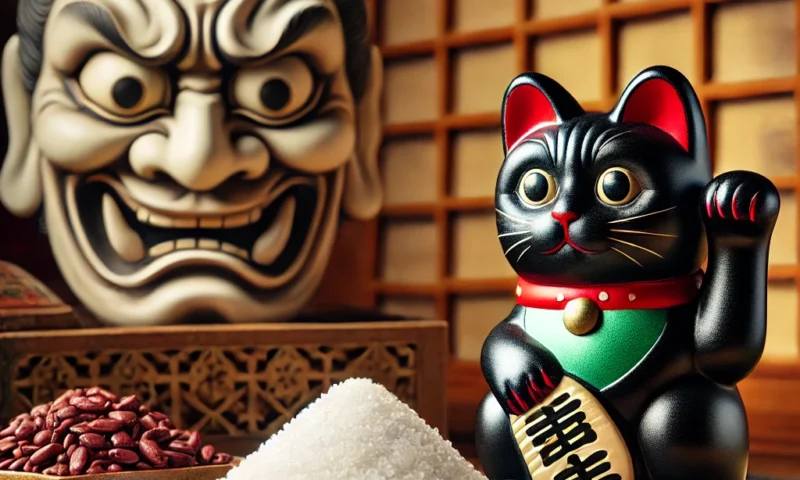

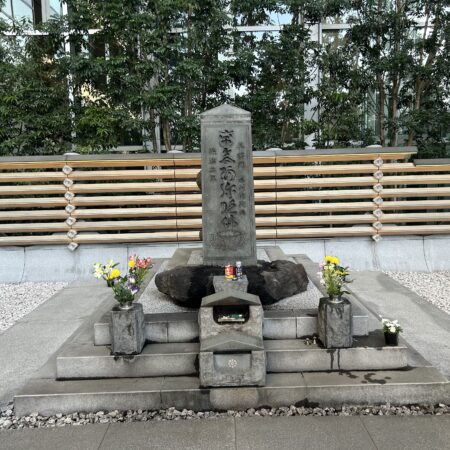

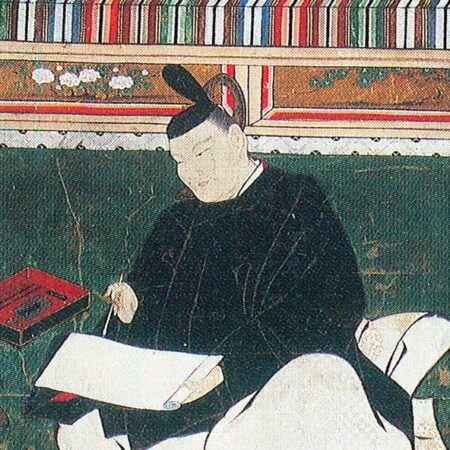
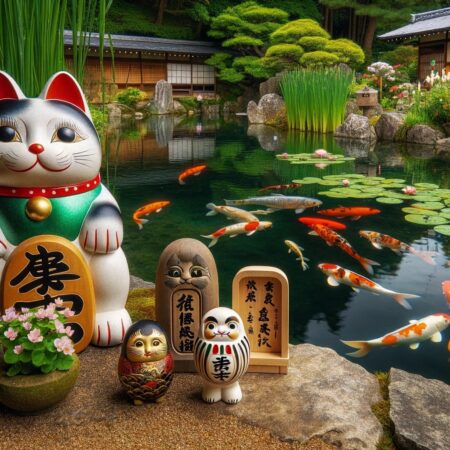
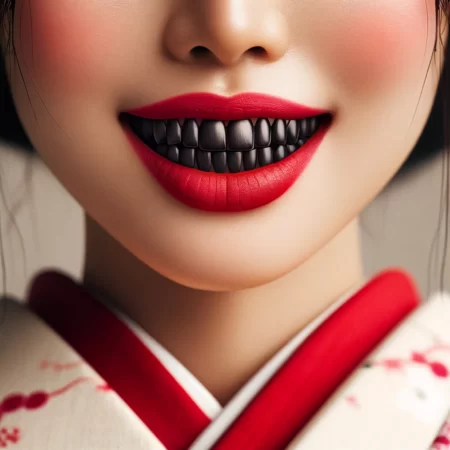
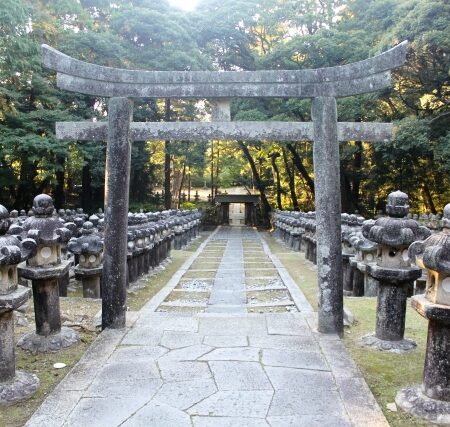
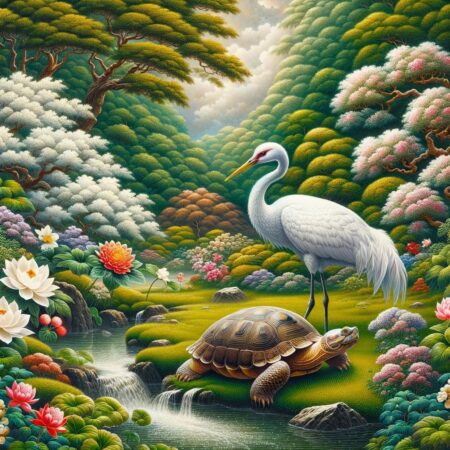


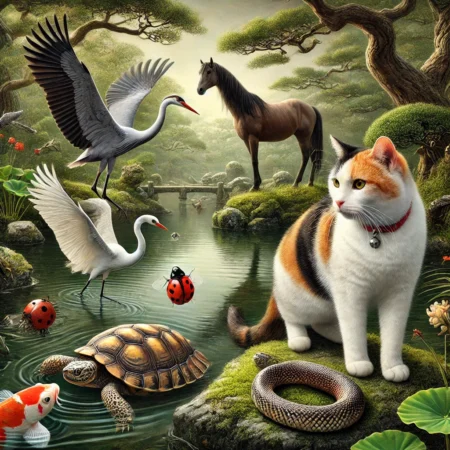
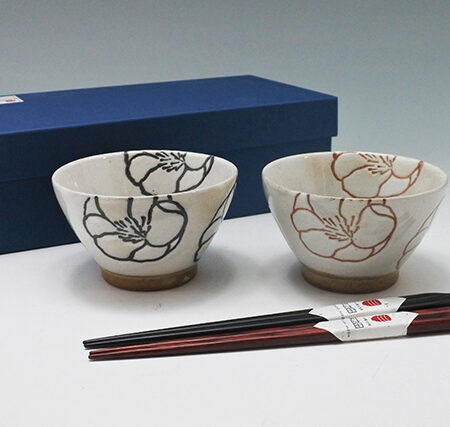
コメント